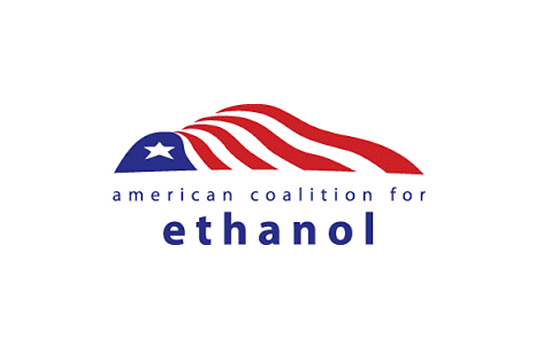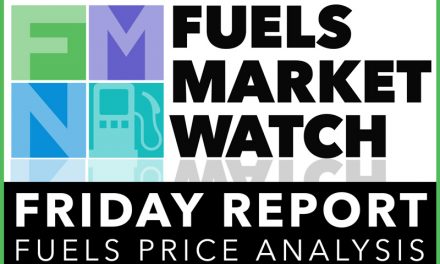In comments submitted today, the American Coalition for Ethanol (ACE) Senior Vice President Ron Lamberty utilized his fuel retailing expertise to share feedback on the proposed rule E15 Fuel Dispenser Labeling and Compatibility With Underground Storage Tanks that the Environmental Protection Agency (EPA) announced in the final days of the Trump administration. Specifically, the rule co-proposes EPA either modify the E15 label or remove the label requirement entirely. Further, EPA proposes to modify the underground storage tank (UST) regulations which offer paths that would make it easier for station owners to demonstrate compatibility with E15 and possibly higher ethanol blends in the future.
EPA’s proposed changes to compatibility rules would make it easier for station owners and operators to store and sell E15 using existing equipment, and changes to E15 label requirements could reduce consumer confusion and resistance to trying E15. Finalizing this rule is an important step to treat E15 like other fuels. “The proposed rule removes unnecessarily harsh restrictions that were put in place as a response to misinformation-based fear created by carefully crafted and heavily promoted anti-ethanol myths, which have been “busted” by more than 10 years of E15 use with retailers reporting no damage claims, and no increase in releases from UST systems,” Lamberty wrote.
E15 Label Changes
EPA’s proposed adjustments to make the E15 label less alarming would be an improvement but ACE prefers EPA remove the outdated E15 label altogether, which also eliminates the need for the E15 survey which has already established E15 as a consistently blended fuel. However, EPA’s request seeking comment on other government entities requiring their own E15 labels is strongly opposed by ACE. “Allowing state and local government labels would be seen by those with considerable resources as permission to lobby for anti-ethanol labels at every government level,” the comments stated. “It would create confusion and doubt for motorists traveling between states and would do the opposite of what EPA hopes to accomplish.”
UST Compatibility
In ACE’s comments, Lamberty noted that EPA’s compatibility standards wouldn’t change, they’d simply allow station owner and operators simpler, logical methods to show their infrastructure is compatible. EPA’s changes provide recognition that tanks and piping with secondary containment and monitoring of the interstitial space are already compatible with E15, citing ACE’s Flex Check E15 compatibility tool, which could save fuel marketers billions of dollars compared to fictional estimated costs from ethanol opponents. And, while current UL listings for USTs storing and selling gasoline and ethanol blends already cover blends up to 100 percent ethanol, EPA’s proposed requirement for new UST systems and replacements to be compatible with ethanol blends up to 100 percent, provides an added visible assurance to station owners and operators of compatibility with higher ethanol blends, including E85.
ACE has been encouraging industry advocates and fuel retailers to submit comments leading up to today’s 11 p.m. Central deadline. ACE’s full comments to EPA can be accessed here.









